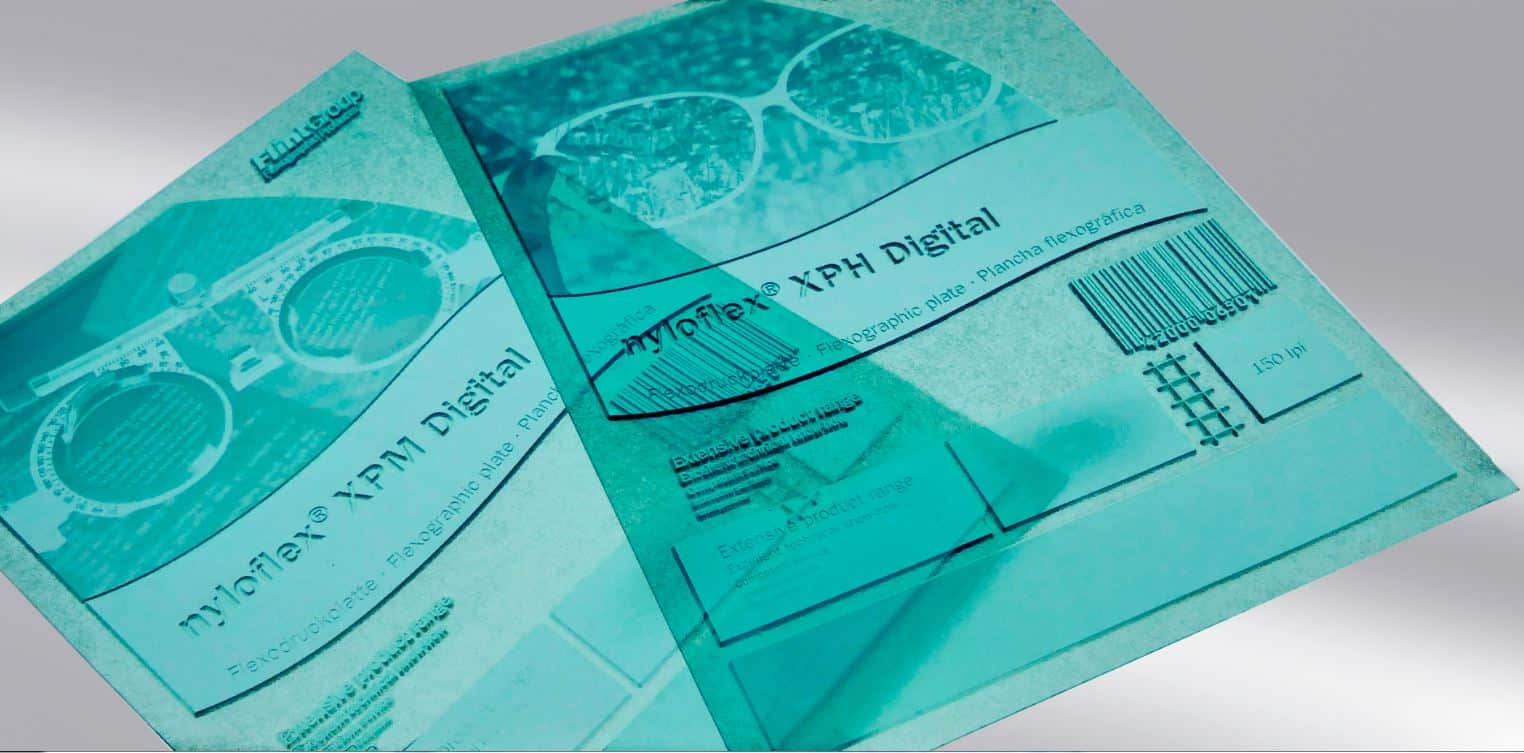The System for Making Top-Quality Plates
Down on the shop floors and pre-press rooms of most flexographic printers, a near-magical brew of physics, chemistry, and material science creates flexographic plates. Making the best possible plate has long been a challenge because all the pieces required came from different suppliers with everything meant to work a certain way. It usually did, except for those memorable instances when a plate didn’t expose correctly or wash the right way and had to be re-imaged. Such lapses were accepted as business-as-usual and factored into the costs of each job. And the presses kept on running.
Then some Flint Group engineers wondered, “what if it didn’t have to be that way?” As they listened to the needs of customers they imagined how much more efficient it would be if all the elements of thermal plate production were designed to work together and came from one supplier. Unconventional thinking to be sure, but it led to the creation of the nyloflex® Xpress Thermal Processing System.
Flexibility & Simplicity
Designed from the shop floor up to optimize the interaction of the plates, processor, and developer, the Xpress Thermal Processing System accommodates plates ranging from 10 x 10-inches to 42 x 60-inches and handles material from 1.14 mm to 2.84mm thick. On-location upgrading is built-in, so machines initially acquired for smaller plates can be scaled up to bigger jobs by changing the developer roll width.
Back on the press, zoned pre-heating uses short-wave IR (infrared) that heats plates based on the size of plate being made. This unique approach reduces energy use and removes the need for a chiller or a condenser, lowering power requirements and further simplifying the system.
The simplicity continues with onboard software that provides operators with all the information needed to run the system, including diagnostics, operational and maintenance processes, and developer roll usage.
Increased detail
But flexibility and simplicity were not enough for Flint Group engineers. The new thermal plates also raise the bar for plate and print quality. This begins with the pristine, solvent-wash quality of the print surface—something never before seen with thermal plates. Adding to this is the increased detail nyloflex XPH and XPM plates provide on film and on both smooth and rough paper surfaces while delivering greater solid ink density with fewer pinholes.
According to Flint Group, this enables line screens of 200 to 400 lpi and up to 50% less dot gain in highlight areas. Coming next is the new nyloflex XHF plate with versatile flat-top dots for use with or without surface screening and minimal dot gain in highlight areas.
Easy waste recovery
In a compelling change for many converters, the new system also simplifies the removal of used developer rolls, raw or finished plates, cover sheets, and separators. A call to an 800-number is all that’s needed to arrange pickup and disposal of used materials by Flint Group’s waste recovery program
Not just another platemaker
What sets the Xpress apart is the strategy of creating a complete system. Call your Anderson & Vreeland representative to learn how the Flint Xpress Thermal Plate Processing System can raise the bar on plate quality, predictability, and consistent performance in your business.
Learn More About the nyloflex® XPress Thermal Processor>> This post is the final part of our Digital Portfolio series. To learn more about the entire workflow, check out our spread in the November edition of Flexo Magazine.
>> Read Part 1 on Hybrid Software
>> Read Part 2 on GMG Color
>> Read Part 3 on ThermoFlexX




